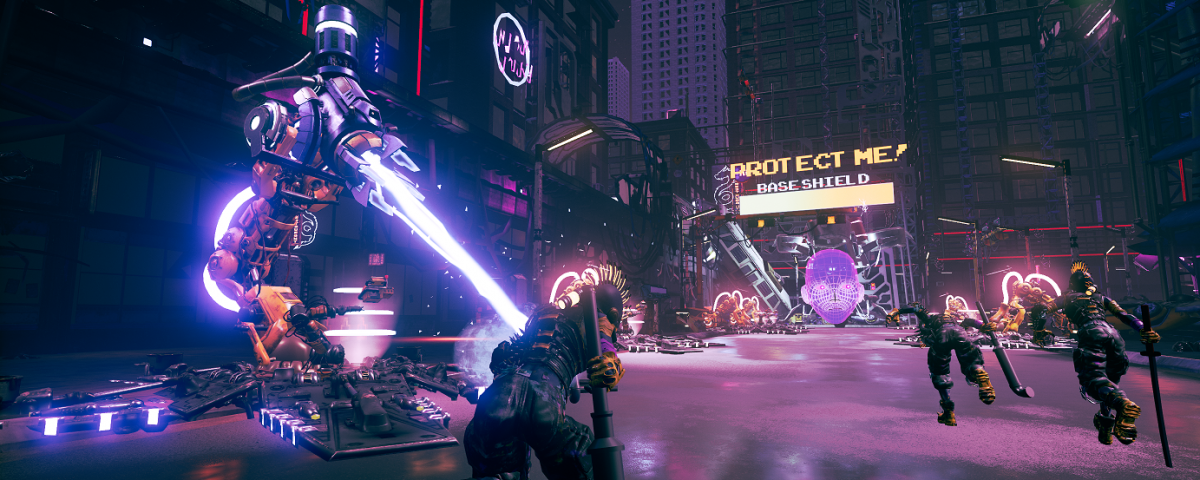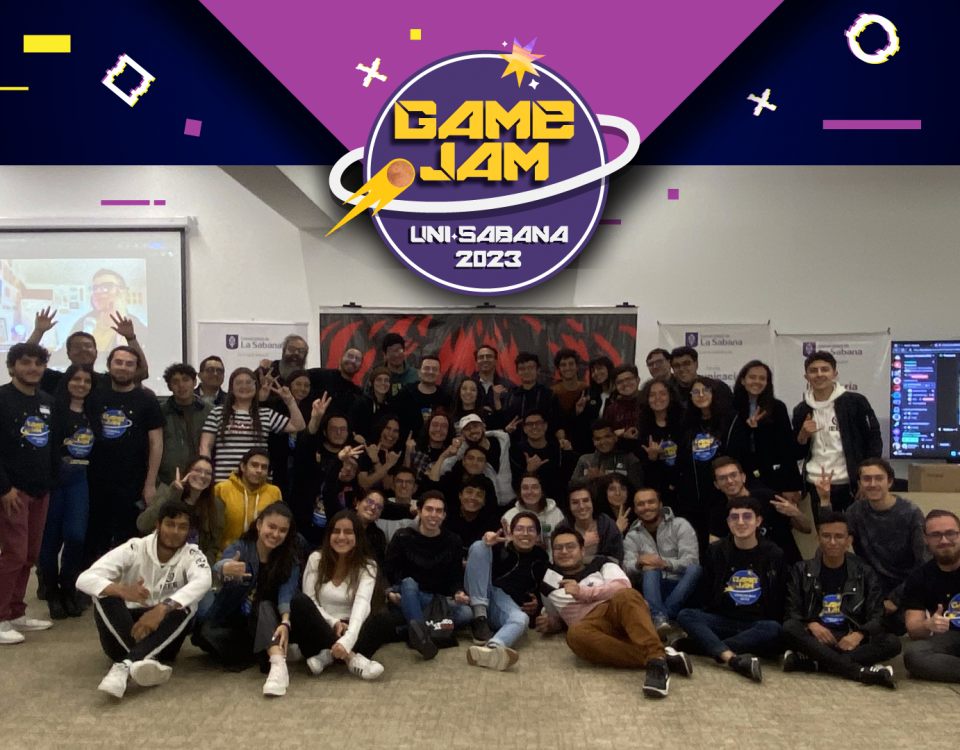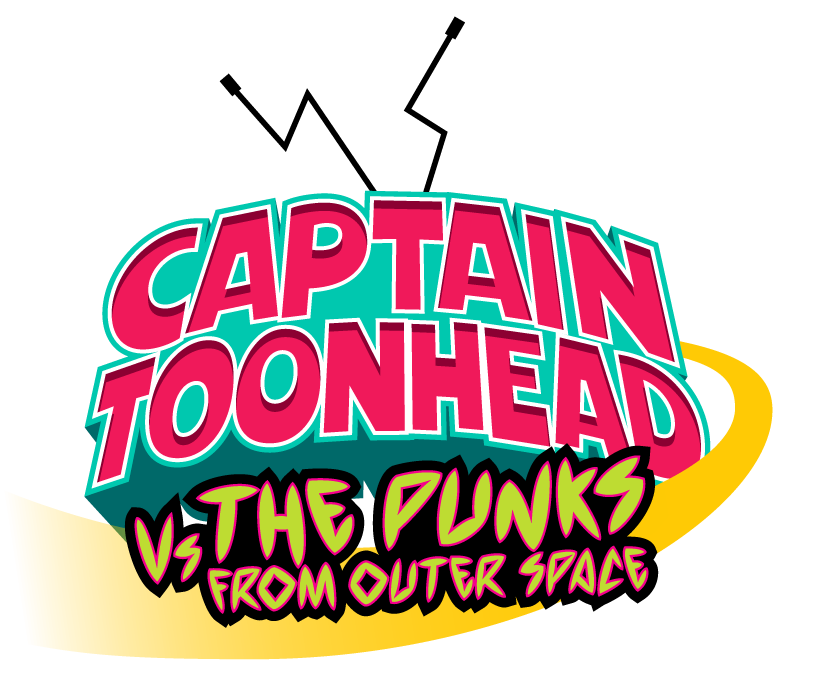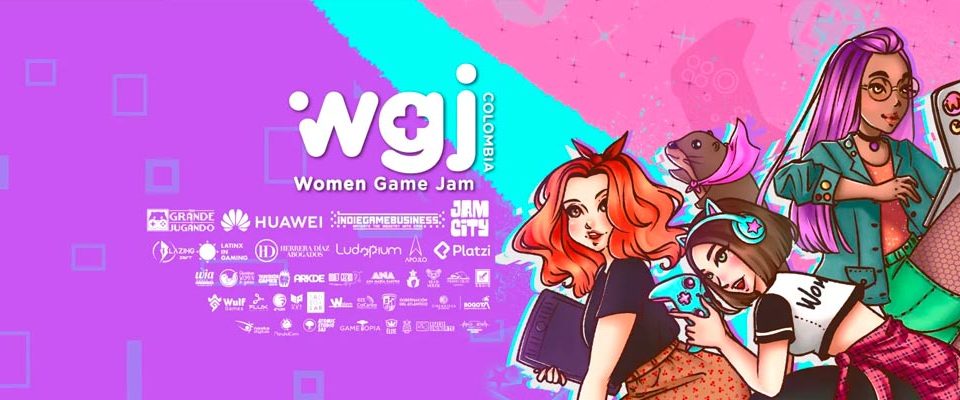The blue swimming pool, or why VR is the perfect market for indie developers

What’s Teravision Games playing? (Winter 2020)
March 4, 2020
Meet Nico!
March 18, 2020
When Elon Musk presented the “Tesla Roadster” in 2008, there was a clear master plan behind it. It wasn’t about selling a bunch of cars, at least not that specific model. It was about showing the world that an electric car can also be fast and badass. The strategy worked. It changed the world’s perception of electric cars.
Now, I’m no Elon Musk, and I have to confess that a lot of the great things that have happened to us at Teravision Games have been more the product of hard work, resilience and an absurdly talented team, than of a perfectly charted strategy from yours truly. But when we started developing Neon Fury in 2016, for once we had a clear strategy.
We had been creating mobile and web games (mainly for kids) for ten years and we decided to shift towards what really made our hearts tick: AAA, PC/Console, high-production-value games. So we needed a product that could clearly demonstrate we were up for the challenge.
We needed to build our own “Tesla Roadster.”
So that’s what we did
We decided to build the most gorgeous AAA-looking game we could build and show the world (and honestly ourselves as well) that we could go beyond mobile/web and kid-oriented games.
We also decided it would be a VR game for two main reasons. One, it was going to be a self-funded product, and VR allowed us to get away with building something that didn’t need a lot of content and hours of gameplay. This way we could focus on a few assets with high production values. Two, we fell in love with the platform and its possibilities.
And guess what, it worked! A few months into development, Neon Fury was proving to ourselves that we could produce AAA quality games, as well as served as the perfect portfolio piece to position ourselves as a high-production-value studio. So when in 2017 a potential client approached us to work on a high-profile PC/Console game, they loved what we showed them and they hired us to help them with their next game. We were officially in the AAA league.
Check out some of the stuff we produced in 2016-2017. Our “Tesla Roadster”:
How gorgeous is that? I would have hired us too in a heartbeat 😀
But Neon Fury was just a “tech demo”, as it lacked the depth you would expect from a releasable game. It was just one, gorgeous-looking and fun level, but that was it. So, having served its purpose, we were faced with a new decision: do we continue and finish this game? Or just thank it for having served its initial purpose and dispose of it, Marie Kondo style?
Bringing Neon Fury to the status of releasable game was something we really wanted to do, but we knew it was going to take a lot more work, time, and money than the “tech demo” we had.
We decided to move forward with it.
“But it’s VR! Isn’t VR like, dead?” you ask. “Why would you invest your limited resources in the still-small market of VR?” you ask. Well, we actually believe there’s a great, if not super-obvious, market opportunity and we are in an advantageous position to capitalize on it.
A blue swimming pool
Think about this. The mobile market is one of the biggest markets for games nowadays, right?
In 2019, the App Store offered 903,489 gaming apps. (and 500 games coming out every day in the App Store.) And 900 million iPhones. That means there are roughly 1,000 devices for each App Store game out there. So if every game got their “fair share of users” it would be 1,000 users. Good? Good.
Now consider this: To date, PSVR has fewer than 400 games (383 to be precise, according to a super sophisticated market intelligence resource called “I counted them“) and there are now over 5 million PSVR devices sold. If you divide the number of devices by the number of games, now ratio is around 12,500 users (devices) per game!!
Let’s put that in a bigger font, and let it sink in:
1,000 users per game in the App Store, vs 12,500 users per game in PSVR.
Now, my dear MBA friends, before you roll your eyes at me, I know it doesn’t work that way, and not every game gets their “fair share of users”. It’s known that the games industry is heavily skewed to the top 100 games or so, and it looks more like a hockey stick than a flat, evenly distributed line, long-tail and all that jazz. But I think it illustrates how much better the odds are in VR to solve one of the biggest obstacles in today’s gaming market: discoverability.
You are competing with only 383 other games (let’s say around 450 by the time we launch), in a market of 5 million+ devices (and that’s only PSVR which is basically the only one that shares any official numbers about how many devices they have sold). I like those odds!
Which is why I call it a Blue Swimming Pool. It’s small, but still very blue (get it? like a “Blue Ocean” market, but smaller?… ok, I’m sorry. Sort of.)
The right boat
So if the opportunity is so great, why isn’t everyone jumping in that swimming pool?
Well, you gotta be able to build the right boat for that pool; not too big and expensive, and not too small that it wouldn’t even float.
Developing for VR is hard. First of all, to get your game onto PSVR –the biggest VR market at this point– you not only have to go through PlayStation certification (just like you’d have to with any other PlayStation game), but you also have the additional complexities of VR performance. And let’s not even get into the UX challenges every developer needs to face when developing a VR game.
This reduces the number of companies who want to or are able to make a game for that system. You either need a big studio to create it (but for most bigger studios or publishers the market is not big enough yet) or a small enough studio that selling just a few tens of thousands of copies can be considered a success. But you still have to be able to get past those VR hurdles, which requires investment. So we are in a somehow unique position to capitalize on this market opportunity: not too big to consider the potential revenue peanuts, and not too small that the investment is out of reach.
Optimization, optimization, optimization
Having said all that, our game was not originally designed to run on PSVR, so all that beautiful hi-res art that allowed us to land those awesome AAA projects had to be changed. ALL the art we had created, from scratch, had to be changed to something more cartoonish and stylized so it could be lower poly and lower res. We needed it to actually work on PSVR — consistently hitting about 60 FPS (PlayStation’s minimum requirement to pass certification).
I’m not going to lie to you: It was an extremely difficult decision dumping all the art we had done, but it was the right move. We believed strongly in our game and in the unique opportunity the “blue swimming pool” provided for us.
We have been working hard on it, and are actually way happier with the new art direction as it has way more personality and uniqueness to it now.
We can’t wait to show you what our new cartoonish and stylized art looks like, but here’s a small sneak peek of one of the new enemies…
Introducing: the T.E.R.R.A. Shark!!!
The journey is far from over, but we have come a long way, and will soon start sharing some juicy updates about the new face of Neon Fury. Hopefully, you will like it as much as we do.
An electric, beautiful boat
Ok, by now I realize the analogies in this post are totally out of control, but I guess what we are trying to create here is a beautiful, optimized, electric boat, for a blue swimming pool…Yes, that.
There…nailed it.
Hopefully, it goes the distance, but at the very least we hope it’ll float, and if it doesn’t we couldn’t be prouder of what we’re building and everything we’re learning that will be extremely valuable for every project we work on in the future.
Stay tuned!



